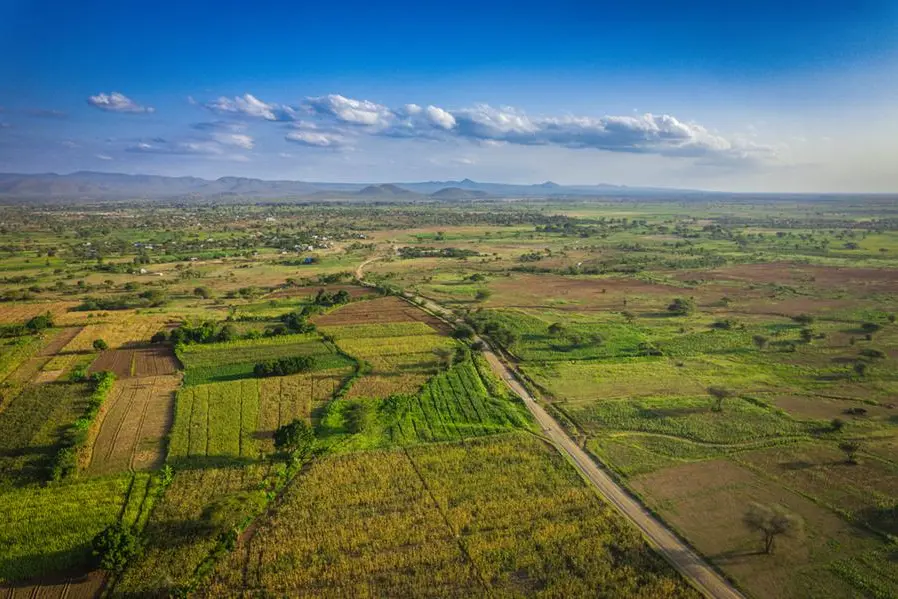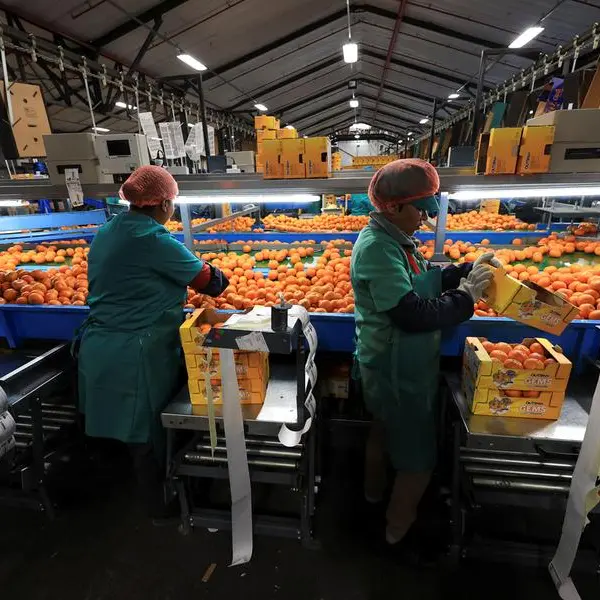PHOTO
Landscape of the farms and road in Moshi, tanzania. Getty Images. Image used for illustrative purpose.
For years, Tanzania has faced a recurring problem of high levels of aflatoxin in harvested grain. And countries that routinely buy maize from Tanzania, such as Kenya, have often temporarily banned imports, citing the chemical.
Now Tanzanian authorities say the problem could soon be a thing of the past. A five-year aflatoxin control project to equip Tanzanian farmers with better ways of growing, harvesting and storing crops is set to end the problem.
The Tanzania Initiative for Preventing Aflatoxin Contamination (TANIPAC) project, part of the Tanzania Development Vision 2025 (TDV 2025), focuses on post-harvest hygiene, including adequate drying and waterproofing.
Vision 2025 identifies food security, among other things, as critical to the country's economic development.
Read: EAC sounds death knell to aflatoxin with proposed uniform testing kitAflatoxins are chemicals that form in grain that is stored or dried poorly. When consumed, they can cause long-term health problems, including cancer. In Tanzania, it has been directly linked to cancer cases in 65 people in 2017 in districts where maize is grown.
Tanzania partnered with the World Health Organization (WHO) on the TANIPAC project, which is currently being implemented in Chemba, Kondoa, Babati and Kiteto districts in the Dodoma and Manyara regions of central Tanzania.
The four districts are Tanzania's top maize producing areas for both local and export markets.
TANPAC project coordinator Clepin Josephat said earlier this month that more than 60,000 individual farmers have been contacted and educated on best practices for post-harvest handling.
The TANIPAC project has been co-funded by the African Development Bank (AfDB) and is due to be completed in December.
Aflatoxin control trials have been carried out in Tanzania's main agricultural regions of Morogoro, Dodoma, Mtwara and Manyara with support from the US Department of Agriculture through the USAid Tanzania office.
Maize, groundnuts and cashew nuts are Tanzania's main export crops, but they are also the most susceptible to aflatoxin contamination. © Copyright 2022 Nation Media Group. All Rights Reserved. Provided by SyndiGate Media Inc. (Syndigate.info).





















